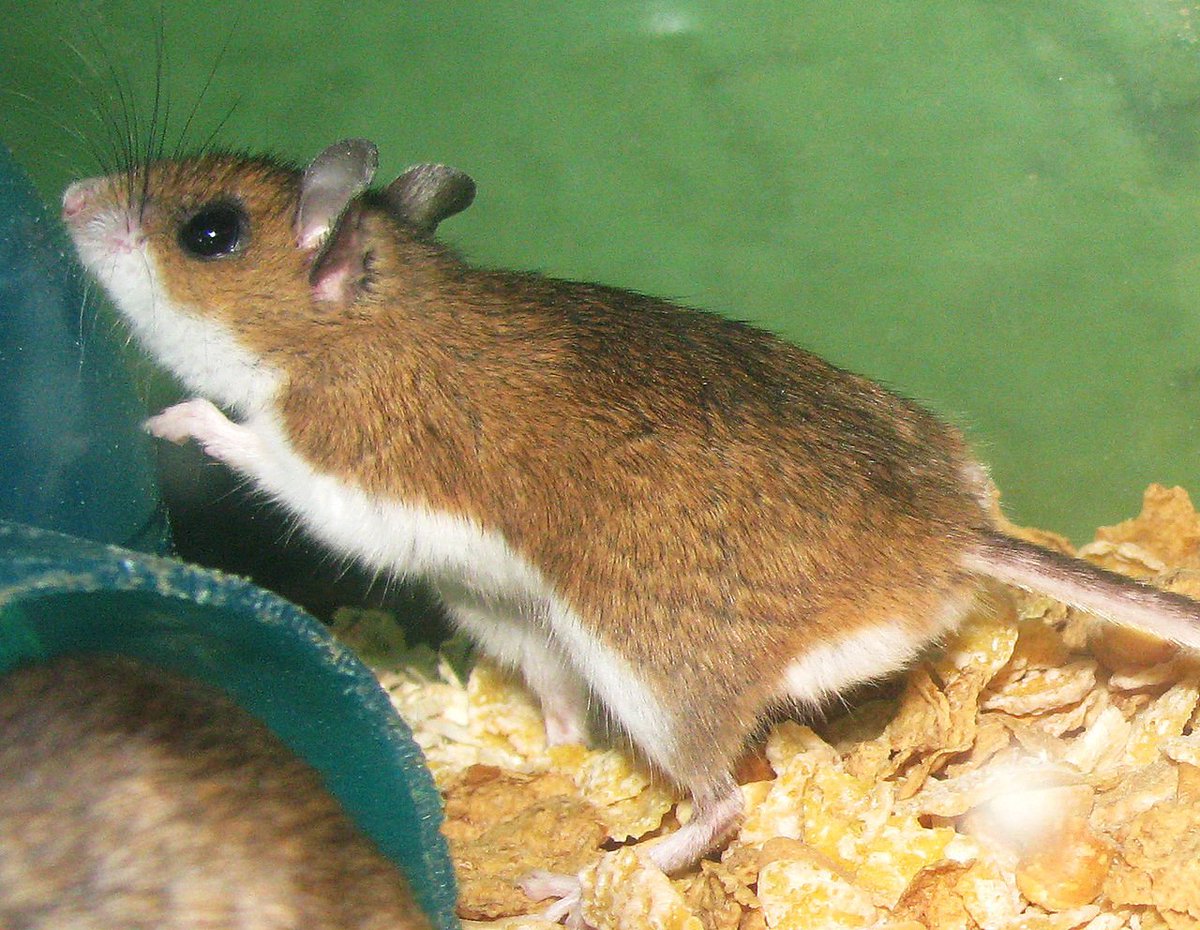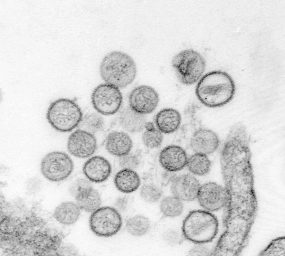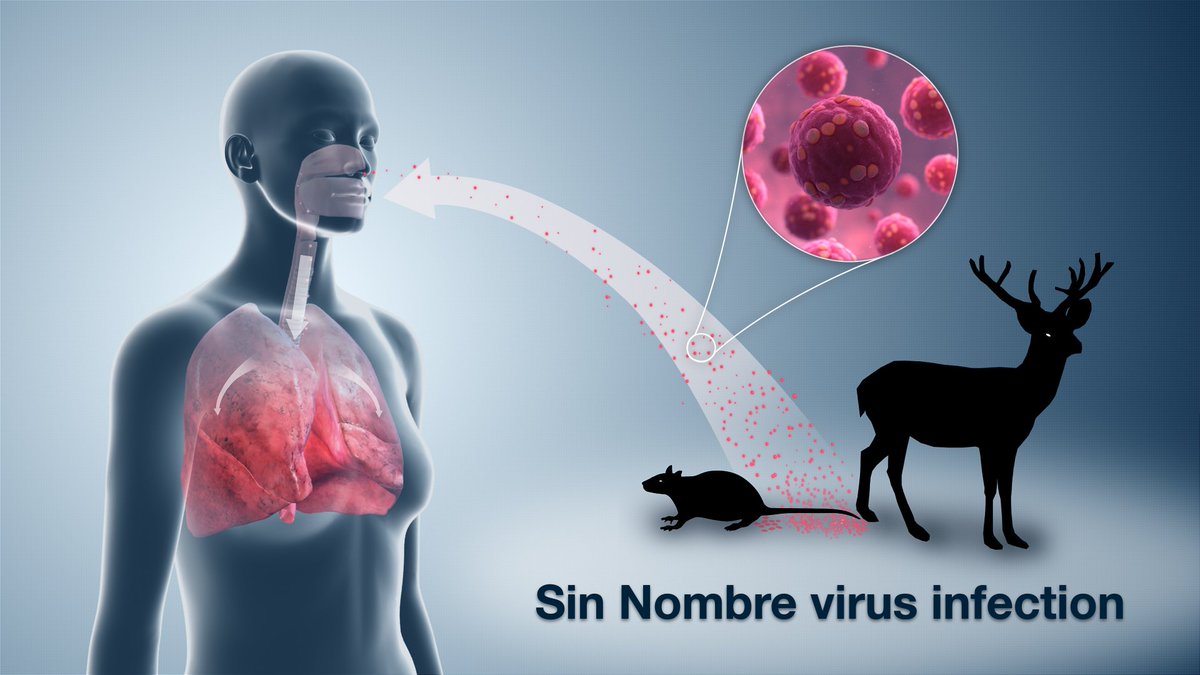In 1993, a new hantavirus was discovered with a focal point near 'Canyon de Muerto' on the Navajo reservation adjacent to the Four Corners region, where UT, NM, AZ, CO touch at a single point.
It had a case fatality rate of 67%.
It had a case fatality rate of 67%.
I'll skip some detective work, though it's a fascinating story. The disease resulted from exposure to infected deer mouse droppings.
Once the outbreak was under control, the question of naming became a sticking point.
Once the outbreak was under control, the question of naming became a sticking point.
Prior convention would have been to call it "Hantavirus Muerto Canyon", classing it with Hantaviruses 'Puumala' (Finland) and 'Hantaan' (Korea) and 'Dobrava' (Slovenia)
The Navajo people of Muerto Canyon objected to being associated with a deadly cardiopulmonary disease.
The Navajo people of Muerto Canyon objected to being associated with a deadly cardiopulmonary disease.
The next proposal was to call it "Four Corners" virus. The larger communities in the region *also* objected. Loss of business, tourism, and just a general stigma were cited.
Frustrated, the viral taxonomists designated it "Sin Nombre orthohantavirus", the virus without a name.
Frustrated, the viral taxonomists designated it "Sin Nombre orthohantavirus", the virus without a name.
So, there's a reason it was only called "Novel Wuhan Coronavirus" until the ICTV could designate it with a systematic name SARS-CoV-2, and the reason why we don't call viruses by their place of discovery.
It doesn't especially help & carries a needless stigma.
It doesn't especially help & carries a needless stigma.

 Read on Twitter
Read on Twitter







